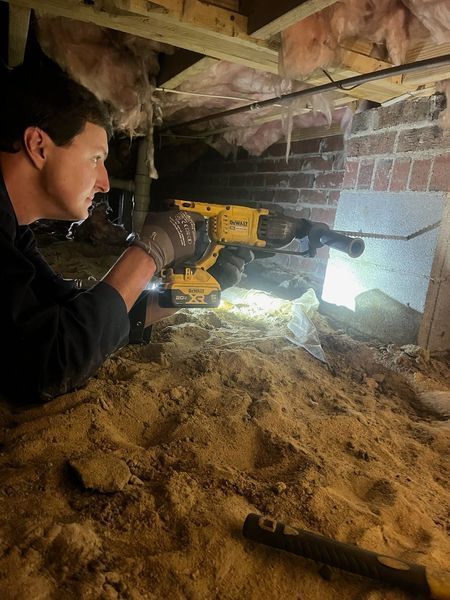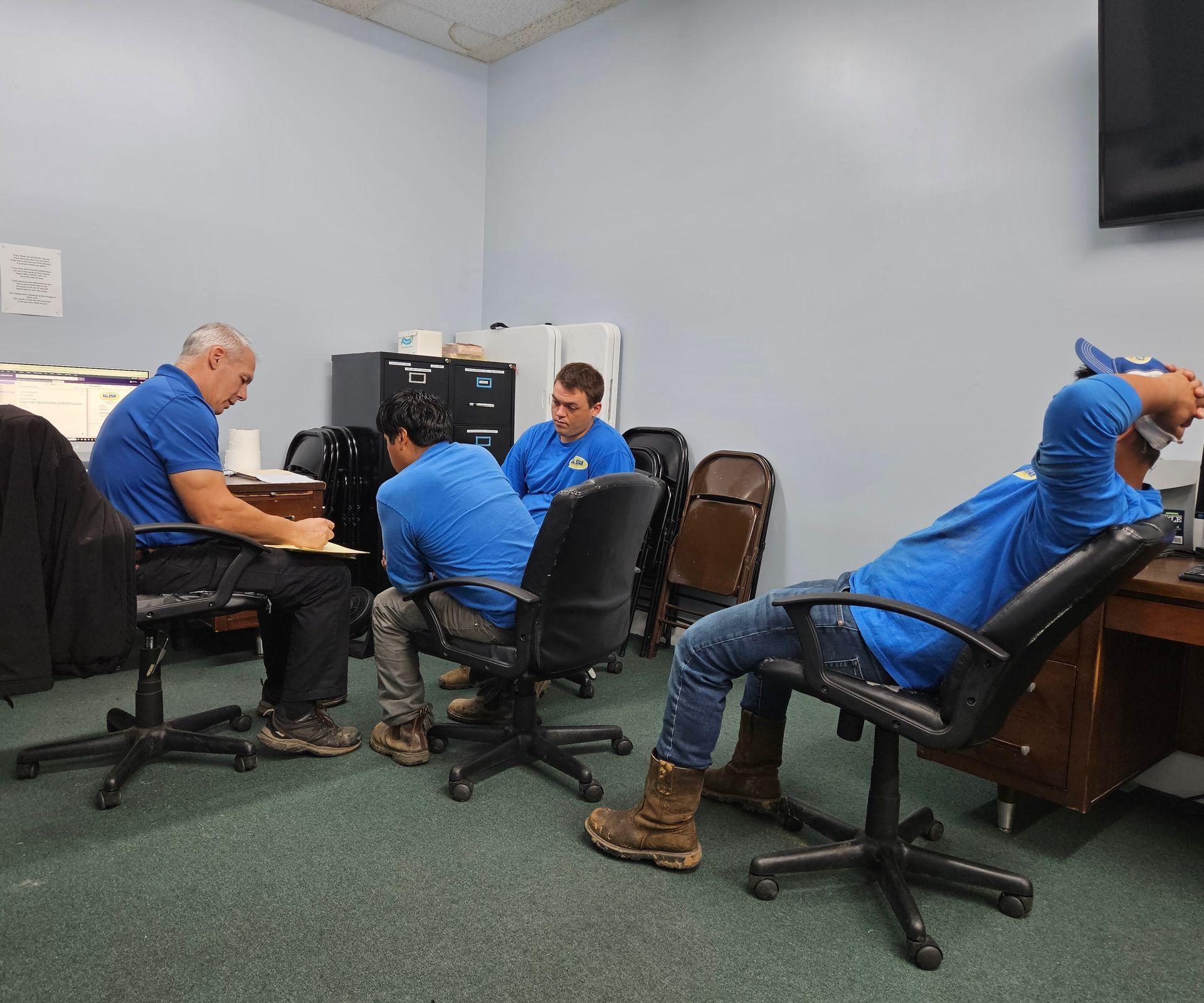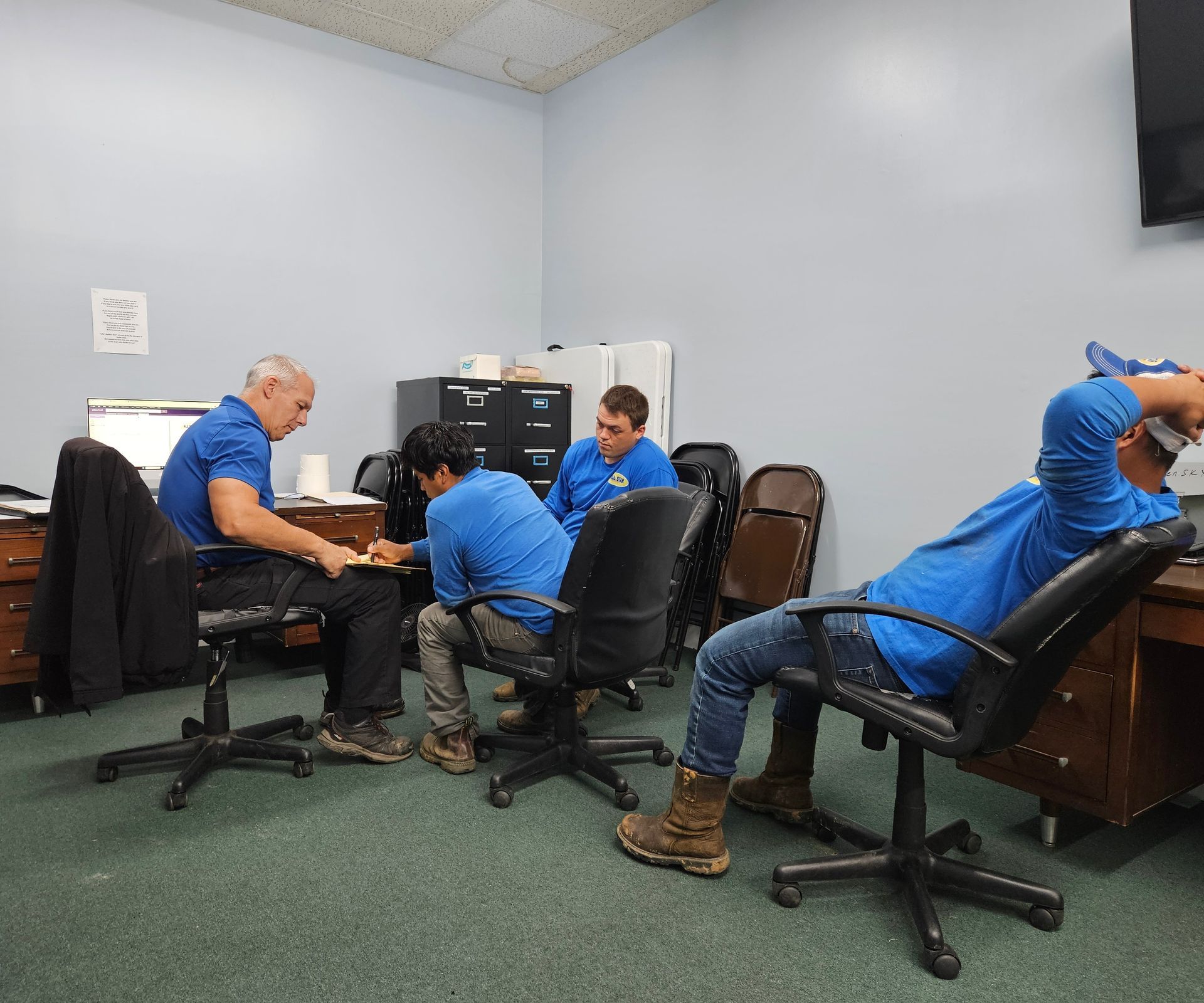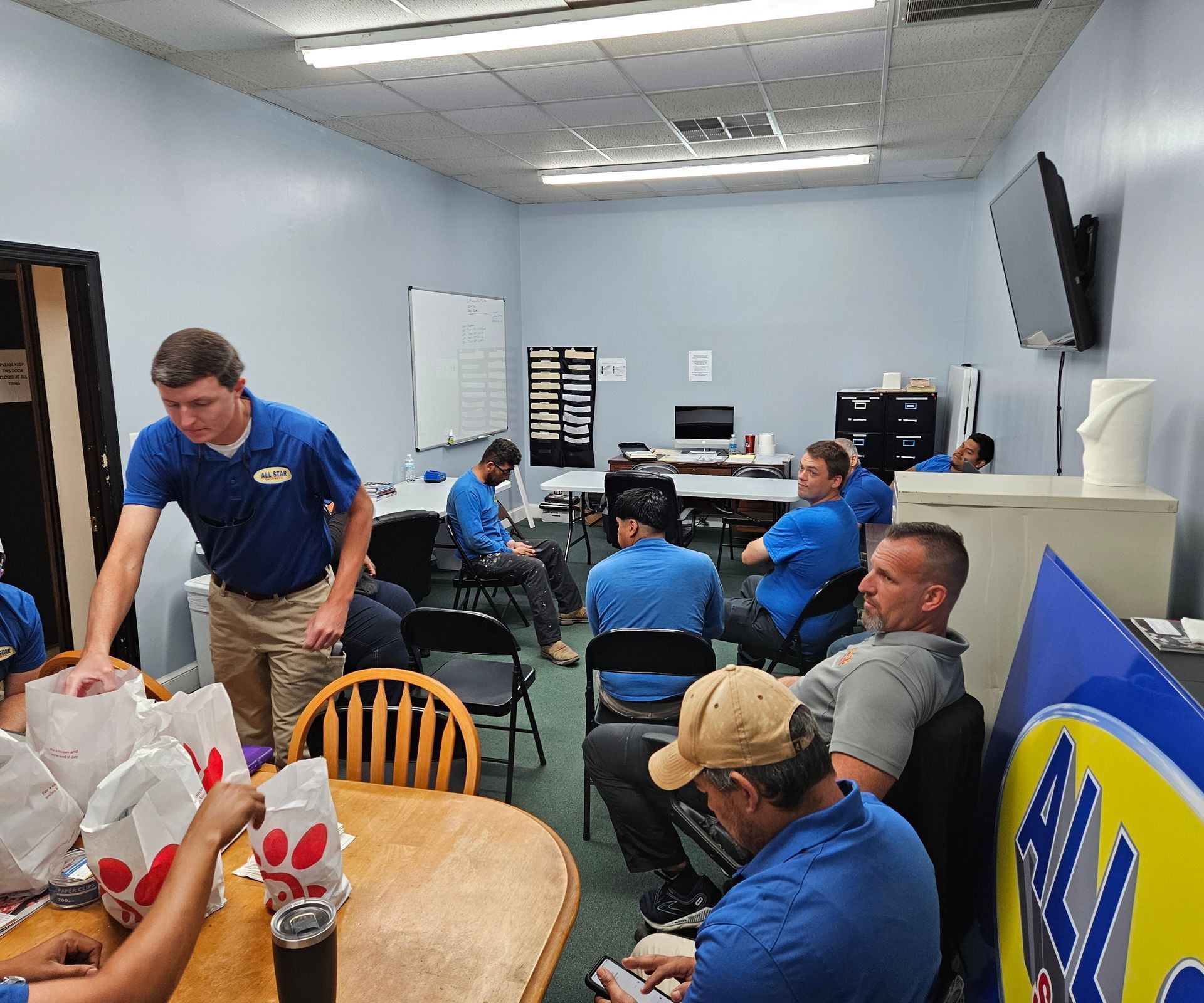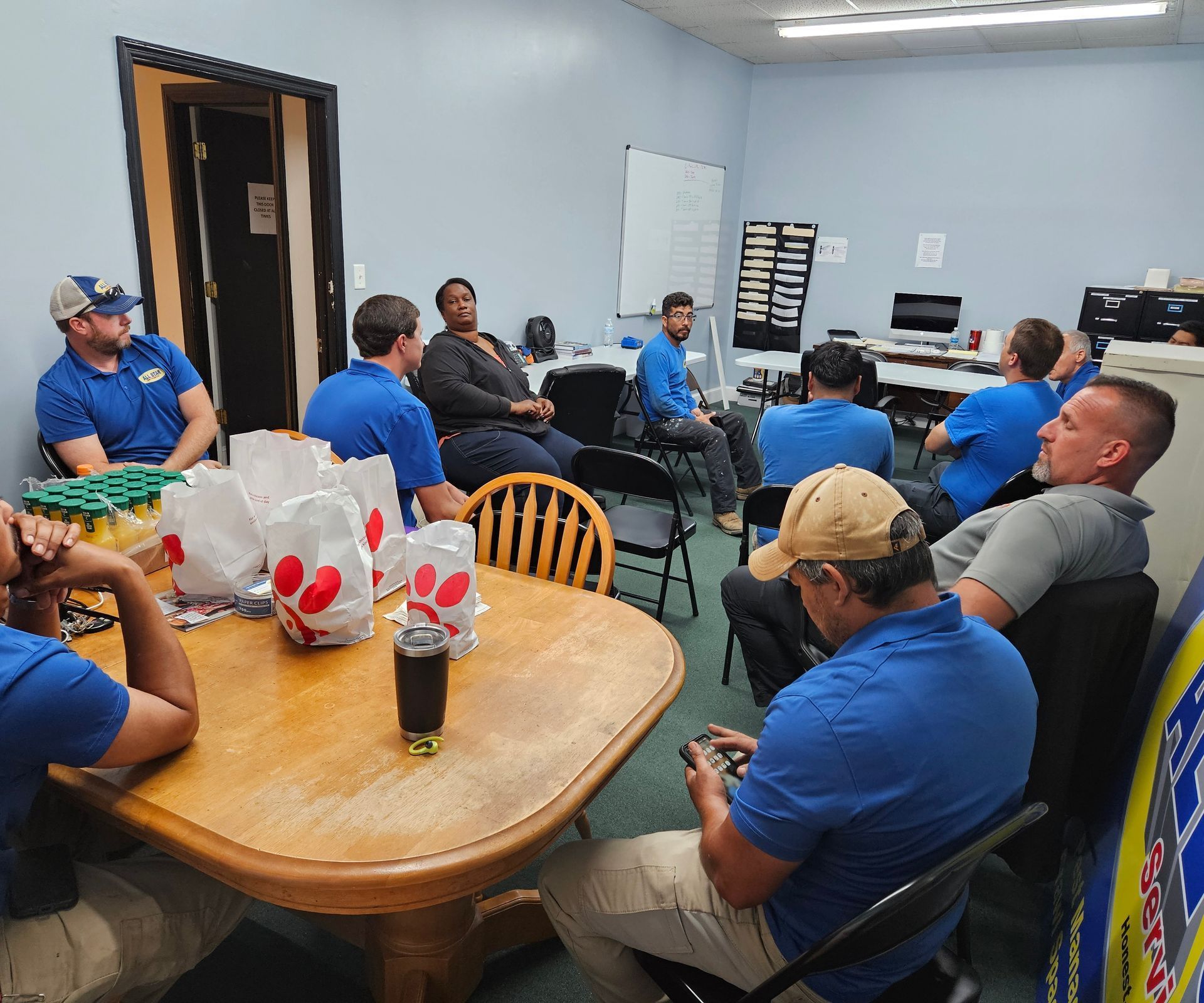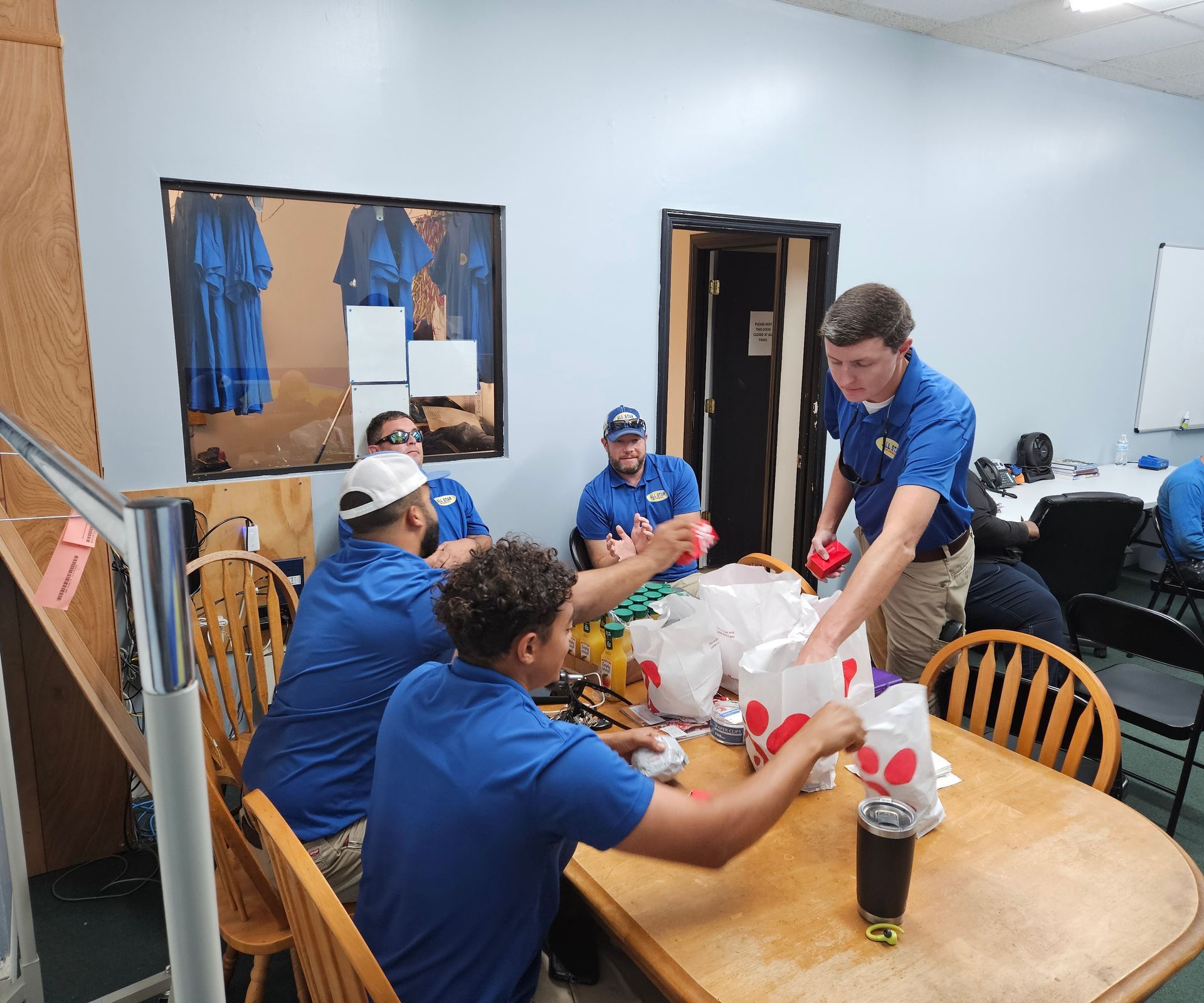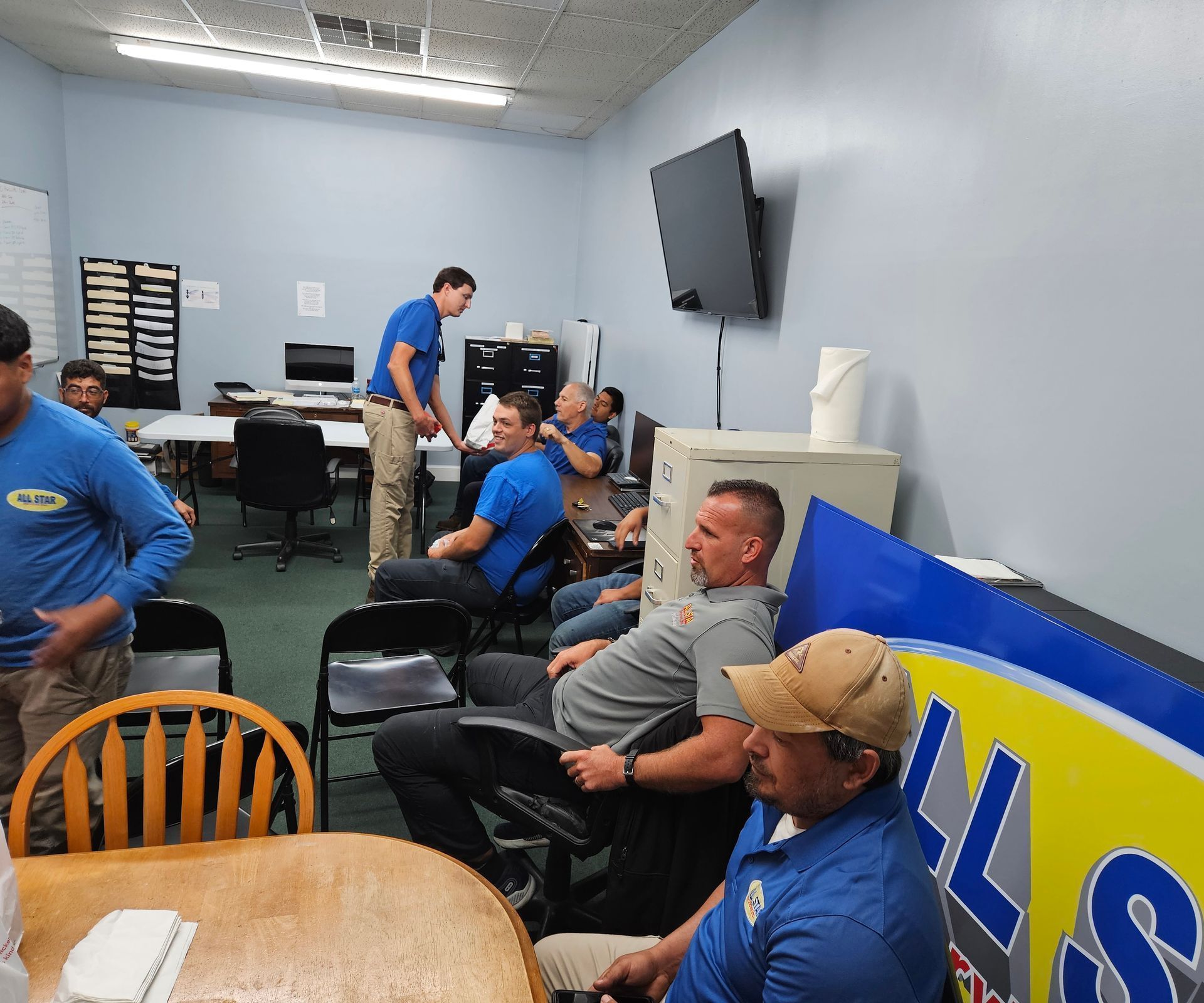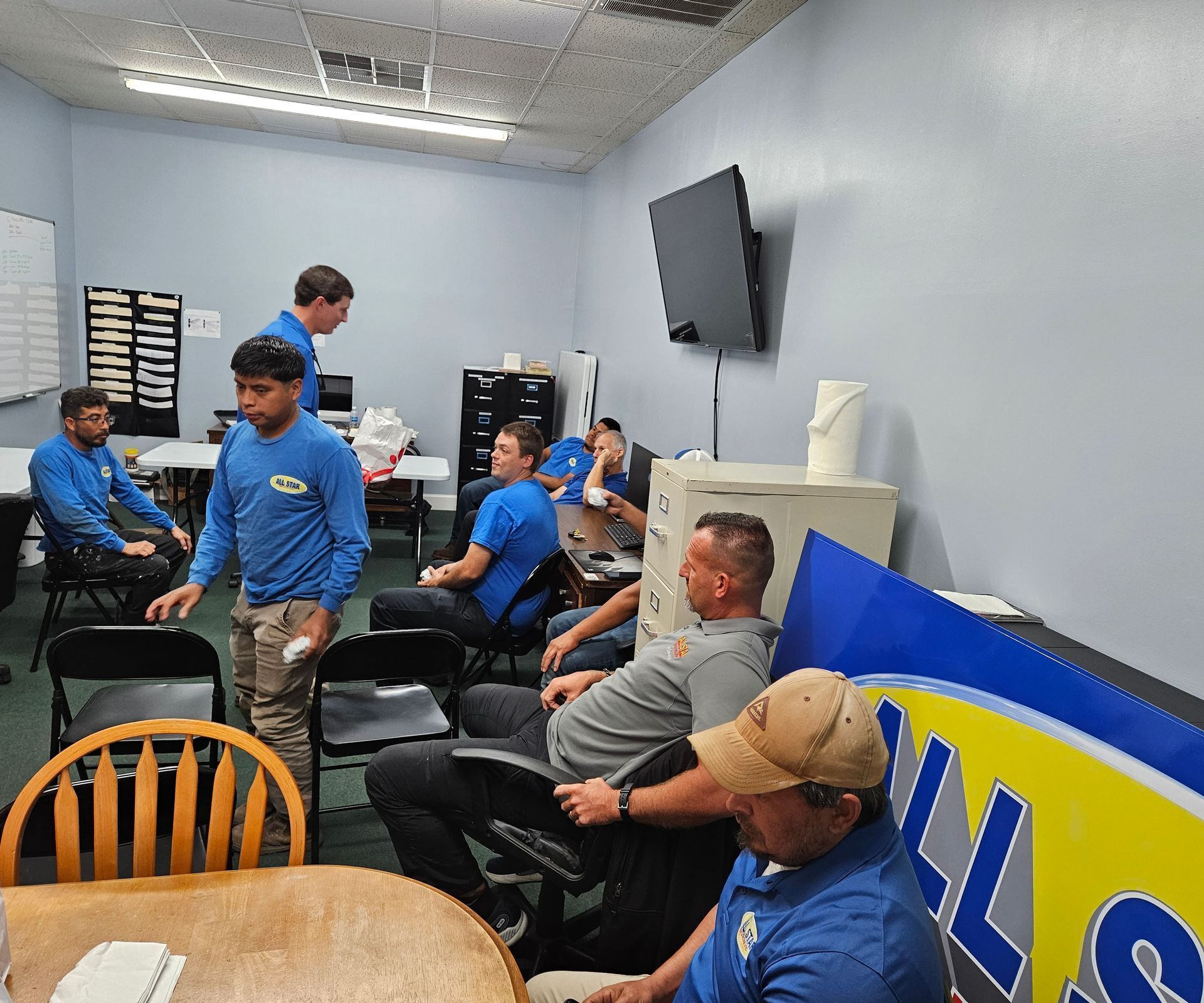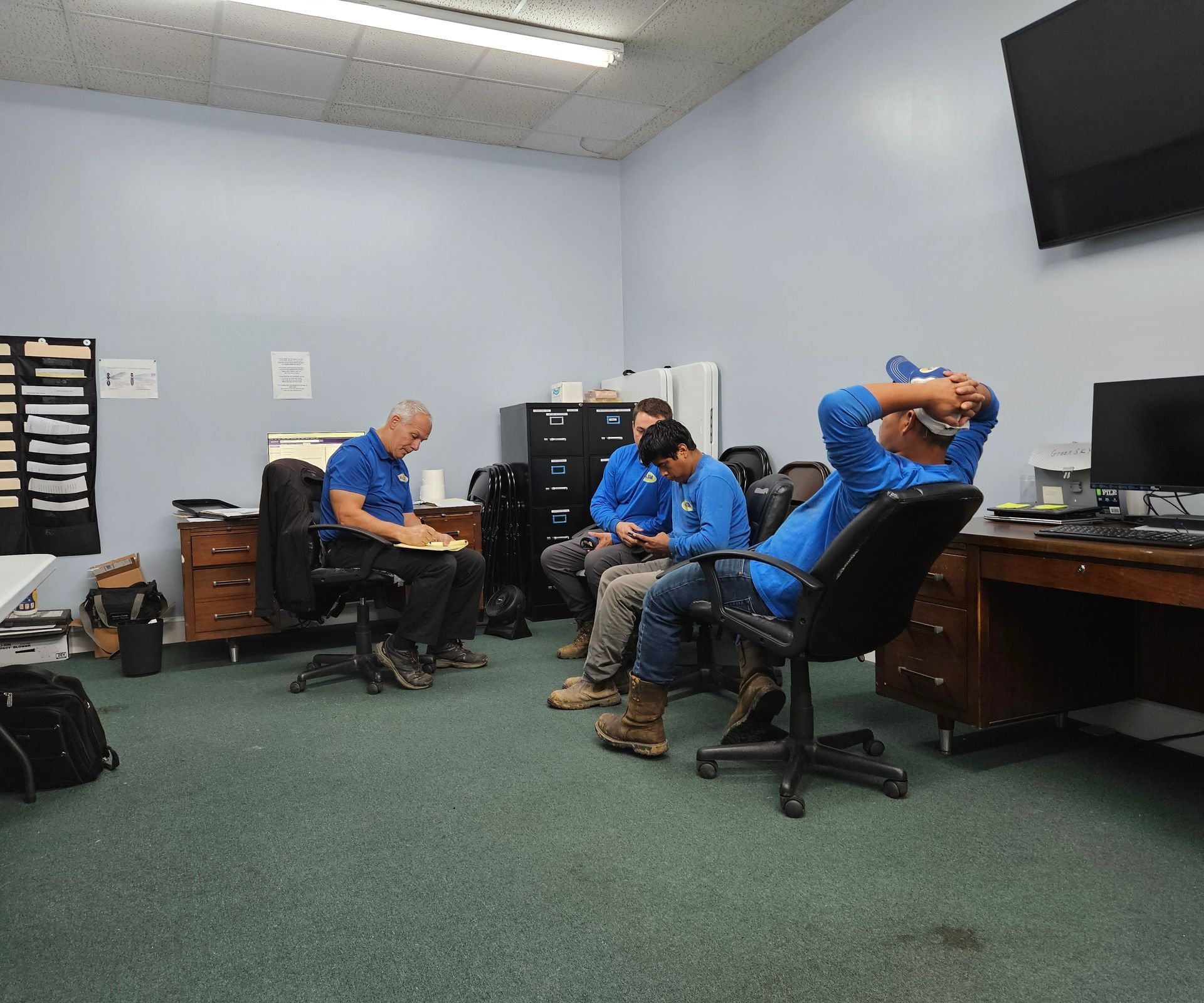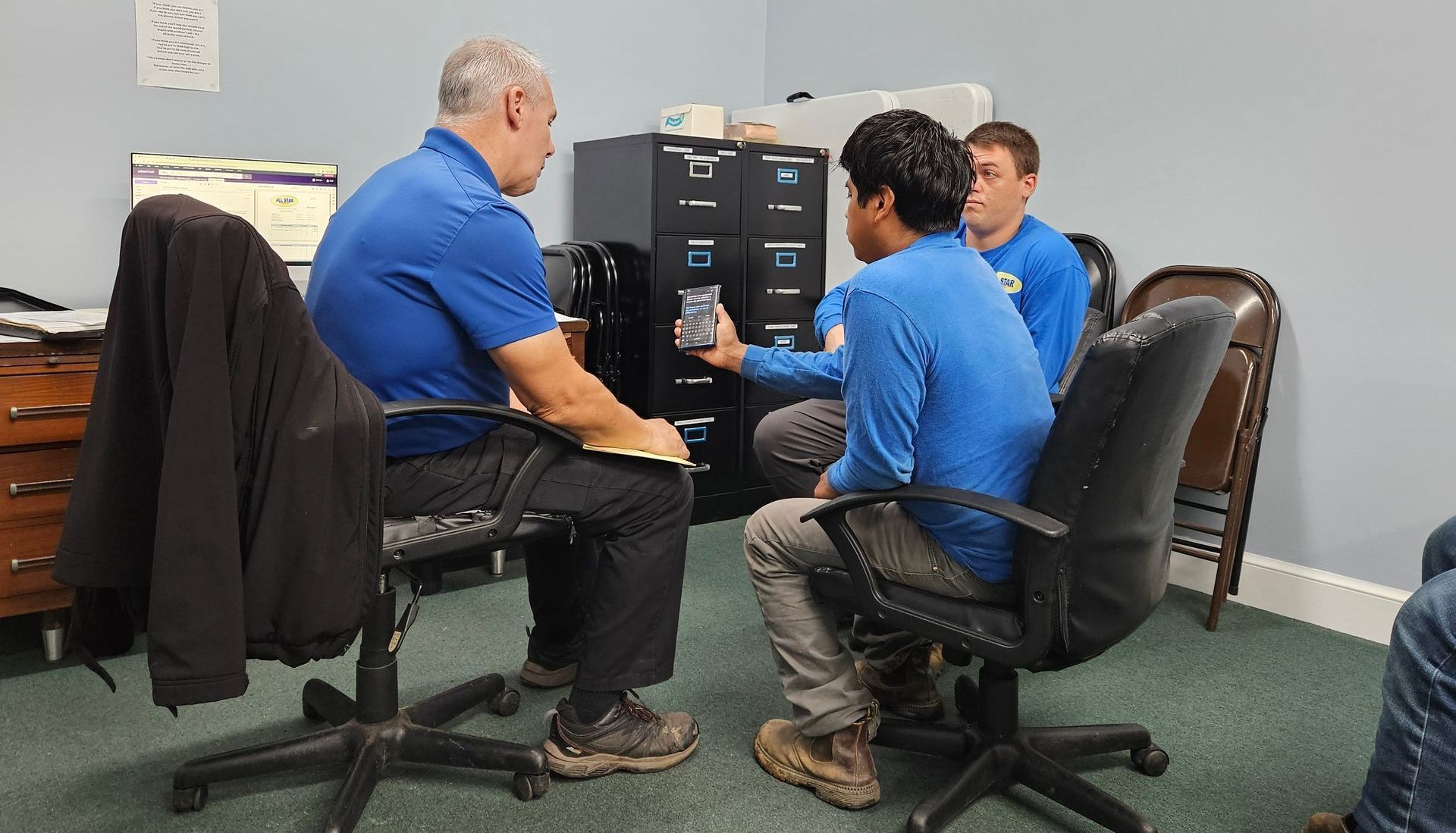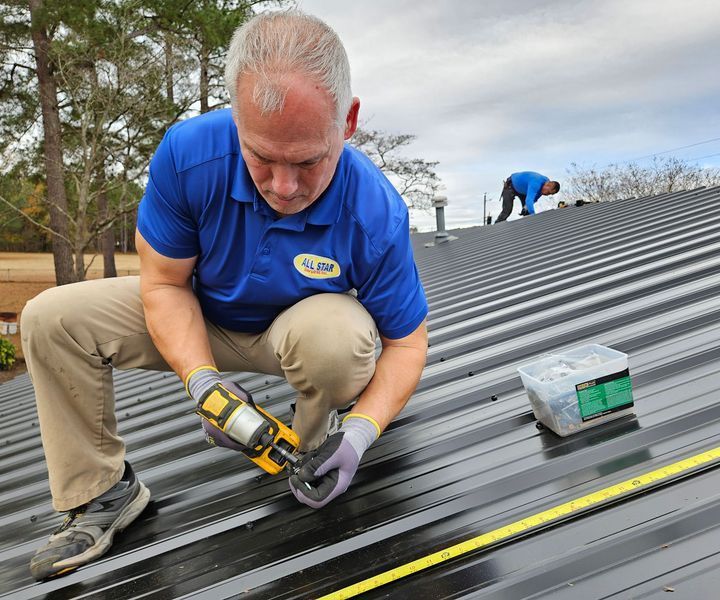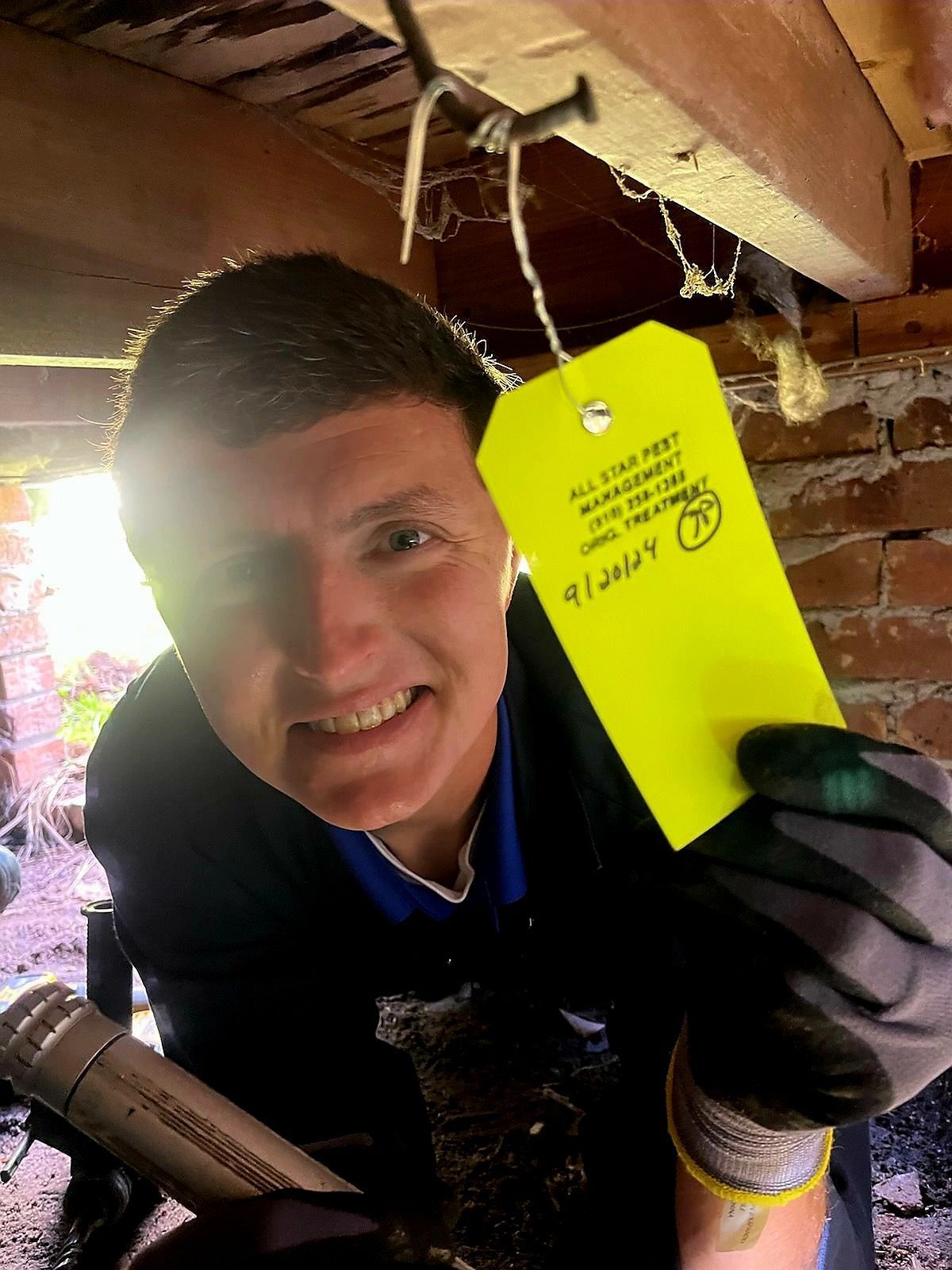By Jason Malinsky
•
April 2, 2025
Termites pose a serious threat to homeowners across the United States, with North Carolina being particularly vulnerable due to its warm, humid climate that fosters ideal conditions for termite activity. Effective termite prevention and protection are essential for preserving structural integrity and avoiding costly repairs. Understanding termite behavior, environmental conditions, and prevention strategies is crucial for mitigating this persistent threat. Termite Species and Natural Colonization in North Carolina North Carolina's environment supports a significant number of termite colonies, with an estimated 15 to 20 colonies per acre in natural settings. The most prevalent species in the state is the Eastern subterranean termite (Reticulitermes flavipes), known for its aggressive feeding habits and ability to cause extensive structural damage. Additionally, Formosan termites (Coptotermes formosanus), an invasive and highly destructive species, have been reported in some parts of the state, further elevating the risk of infestations. While Eastern subterranean termites are the primary concern for homeowners, drywood termites and dampwood termites are also present in smaller numbers. Drywood termites infest dry, untreated wood in attics, walls, and furniture, while dampwood termites thrive in decaying wood or wood with high moisture content. Identifying the species involved is critical for effective treatment. Destruction Rate and Challenges in Detection The destructive power of termites is substantial. The National Pest Management Association (NPMA) estimates that termites cause over $5 billion in property damage annually in the United States. Eastern subterranean termite colonies can contain between 50,000 to over a million termites, capable of consuming up to one pound of wood per day under optimal conditions. Since these termites primarily operate underground and within wood structures, infestations often remain undetected until significant damage has occurred. By the time visible signs appear, such as warped wood, hollow-sounding walls, or mud tubes, substantial destruction may have already compromised a structure's integrity. The challenge of early detection is compounded by the termites' ability to conceal themselves within walls, foundations, and flooring. Termite damage can often mimic water damage, making it difficult for homeowners to distinguish between the two. This deceptive nature emphasizes the need for proactive measures and regular inspections by trained professionals. Swarm Season and Environmental Conditions Swarm season is a critical period in the termite lifecycle when colonies produce winged reproductive members that emerge to establish new colonies. In North Carolina, termite swarming typically occurs in spring, particularly on warm, humid days following rain. Homeowners may notice discarded wings near windowsills, doors, or foundation cracks—a strong indicator of termite presence. Certain environmental conditions increase termite vulnerability in North Carolina homes. These include: Moisture: Leaky pipes, poor drainage, and water accumulation create humid conditions that attract termites. Wood-to-ground contact: Wooden structures directly touching the soil provide easy entry points for termites. Clutter and organic debris: Accumulations of wood piles, mulch, or untreated lumber around homes increase infestation risk. Foundation cracks and gaps: Even small openings provide access points for termites to infiltrate structures unnoticed. Poor ventilation: Inadequate airflow in crawl spaces, attics, and basements can create moist environments that attract termites. The Economic Impact of Termite Damage The financial burden of termite damage can be devastating for homeowners in North Carolina. Termite repairs are rarely covered by homeowners' insurance, as insurers often classify this type of damage as preventable with proper maintenance. Homeowners in regions prone to termite infestations are encouraged to invest in annual inspection services, which cost significantly less than the potential costs of major structural repairs. In some cases, termite damage may compromise load-bearing walls, floors, or roofing systems, requiring thousands of dollars in restoration work. Conclusion In North Carolina, the prevalence of termites and their potential to cause severe damage necessitates proactive prevention and protection efforts. Given the natural presence of 15 to 20 colonies per acre, coupled with the state's warm and humid climate, homeowners must adopt vigilant monitoring and prevention strategies. Investing in professional inspections, moisture control, and effective treatment solutions can significantly reduce the risk of costly termite damage, ultimately preserving property value and structural safety. The integration of emerging technologies and eco-friendly solutions further strengthens homeowners' ability to protect their properties effectively. The long-term savings and peace of mind provided by proper termite protection make these efforts invaluable for North Carolina homeowners.
